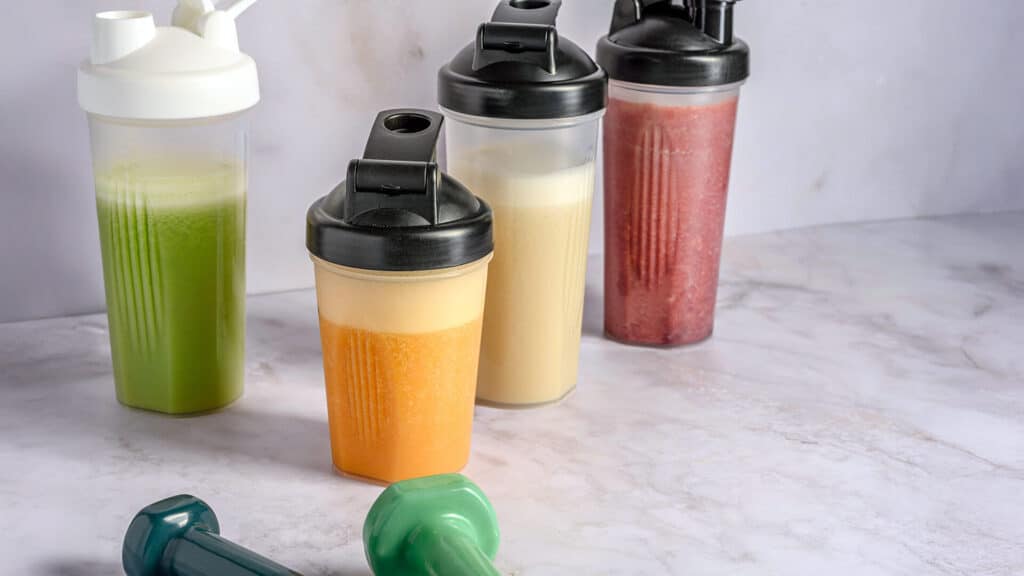The health benefits of brewed tea have long been recognized, but researchers now suggest that brewing tea may also help purify water. According to a study published in ACS Food Science & Technology, scientists at Northwestern University have found that tea can naturally filter out toxins and heavy metals—including arsenic, lead, and cadmium—from drinking water.
The purification process works by allowing harmful metals to adhere to the surface of the tea leaves. As the leaves release flavor compounds into the water, they simultaneously remove metals. Discarding tea bags or straining loose tea leaves ensures the toxic materials are eliminated.
“You’re taking the metals out of the water with the tea, but you don’t consume the tea leaves after, which is why it works,” Benjamin Shindel, the study’s lead author, explained.
Time also plays a role. Researchers found that brewing a cup of tea for five minutes resulted in a 15 percent reduction in lead concentration. This effect was observed regardless of whether lead levels in the water were high or minimal. Additionally, steeping tea overnight—common for iced tea—further improved water purification.
“This is one of very few ‘systematic’ studies that provide rational control, meaningful statistics and ‘nanotechnology’-level of sophistication brought to a seemingly mundane topic of tea brewing,” senior study author Dr. Vinayak Dravid, the Abraham Harris Professor of Materials Science and Engineering at Northwestern University, said, per CNN. “So little is studied about its capture potential, over and beyond ‘release.’”
The study also highlighted the importance of the type of tea bag used. Researchers determined that cellulose-based tea bags were the most effective at absorbing metals, whereas nylon and cotton bags were less efficient. Black tea and other finely ground leaves proved more effective at adsorbing impurities than whole leaves.
“I’m not sure that there’s anything uniquely remarkable about tea leaves as a material,” Shindel said. “They have a high active surface area, which is a useful property for an adsorbent material and what makes tea leaves good at releasing flavor chemicals rapidly into your water.”
The research also supports the idea that a single glass of water can be filtered when necessary—an important finding for individuals facing limited access to clean water.











